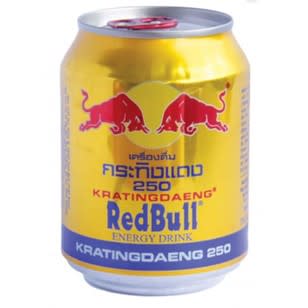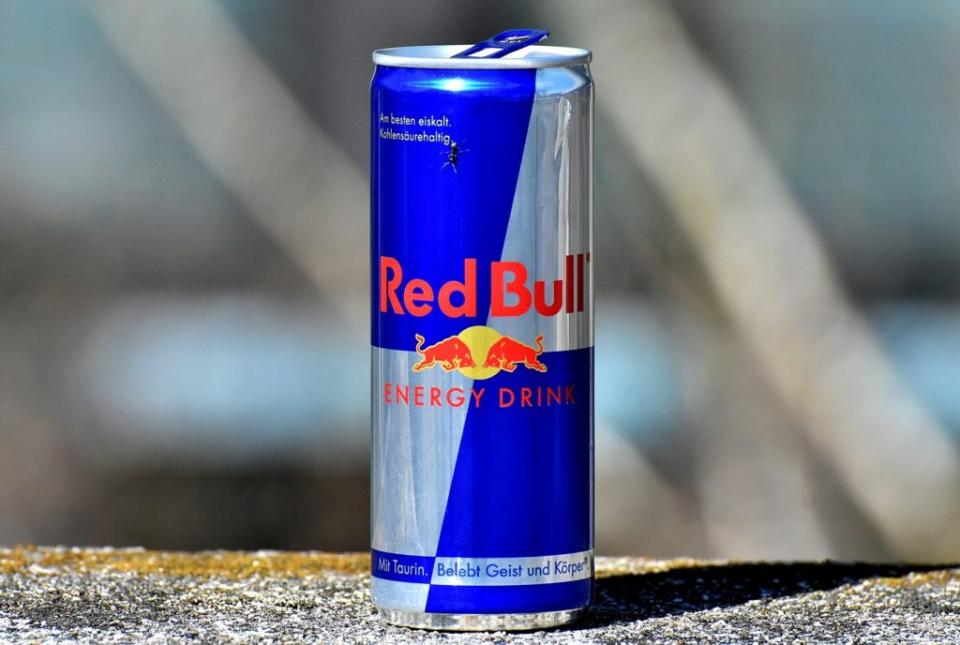Why Are There 2 Different Red Bull at Different Price Points?


Energy drinks are an integral part of our lifestyle growing up. If you are a sports or fitness enthusiast, it is quite intuitive to grab an energy drink from the nearest convenience store after exercising. Or, you would come across numerous energy drink advertisements during a sporting season like the Olympic Games.
When it comes to energy drinks, Red Bull is undeniably the most successful market leader with an estimated market value of $20 billion according to Forbes. In 2020, 7.9 billion cans of Red Bull were sold worldwide. The success is largely attributed to its effective and unorthodox marketing strategies. Compared to other competitor brands that invested in traditional mass advertising, Red Bull targeted niche markets by sponsoring extreme sports events such as parachuting and mountain biking before it went on to front prominent sporting events such as Formula One Racing (F1) and gained immense popularity among younger consumers.
How Red Bull Evolved from a Domestic Drink to a Global Brand
If you have tried buying a can of Red Bull before, you may have seen 2 different versions – and be confused by them – the Red Bull (tall blue-sliver can) and Red Bull Krating Daeng (short golden can).

Red Bull Krating Daeng (short golden can)

Red Bull (Tall blue-silver can)
Contrary to the conventional belief that one of the two must be a rip-off, both versions are in fact legitimate products of Red Bull.
The Red Bull we know today is the result of a partnership between Chaleo Yoovidhya, the creator of Krating Daeng and Dietrich Mateschitz, an Austrian entrepreneur who later modified the recipe and rebranded it as Red Bull. So, in an interesting way, both Red Bulls brands are neither from the same company nor completely different.
Red Bull Krating Daeng – The Original Version
Krating Daeng is Thailand’s original version of Red Bull formulated by Chaelo Yoovidhya in 1976, after he saw an opportunity in the lack of affordable energy supplements for the blue-collar workers in the rural areas. Krating Daeng was eventually launched to the market as an inexpensive energy drink (less than $0.50 per 250ml can) and became popular among Thai drivers and labourers. As of today, it remains an affordable energy drink that is available across Thailand and most parts of Southeast Asia, including Singapore.
Red Bull – Rebranded & Positioned For The European Market
On the other hand, Red Bull was positioned as a premium energy drink after it was rebranded and introduced to the European markets in 1987. Dietrich Mateschitz focused on brand differentiation by associating it with high-risk extreme sports and coming up with the iconic slogan ‘Red Bull gives you wings’ that resonated with consumers who embodied an adventurous spirit.
With this unique branding, Red Bull is sold at a much higher price point (more than $2 per 250ml can) in many parts of the world as compared to Krating Daeng. Over the years, the company continued to reinforce its branding by partnering with high-profile athletes and dominating the sporting scene. As of today, Red Bull is available in over 170 countries and occupies about 43% of the global energy drinks market.
The level of perceived differentiation from competitor brands and consumer segments resulted in differing price points for the two versions. Red Bull is sold at a higher price compared to Krating Daeng. The taste between the two drinks is also different. Red Bull is a carbonated drink while Krating Daeng is a non-carbonated drink that tastes sweeter.
Read Also: MOS Burger At One Fullerton: Why Do Brands Like MOS Burger Have Different F&B Outlet Concepts
What Are The Lessons We Can Draw from Red Bull?
Firstly, it is important for a company to establish its unique selling proposition in order to garner a high price point. Compared to technological products where consumers assess the features and functions, choosing food and beverage products is rather subjective in nature. Even for energy drinks, it is hard for us to decide which brand is superior to the other as there is often a lack of scientific evidence to support any health claims. Our willingness to pay a premium price for a product, compared to other substitutes, is largely influenced by brand-induced differentiation – ironically even when both products that we are choosing from technically belong to the same company.
By partnering with world-renowned sporting events and athletes, Red Bull reinforced its image as a trendy and invigorating energy drink that is worth paying for. However, the paradox here, for anyone that is keeping score, is that Krating Daeng is actually the original version. Not that it matters to the Yoovidhya family since they own both brands.
Relying on perceived differentiation alone is not sufficient in maintaining a competitive edge in the long run. Red Bull has also continually invented new product variations, such as Coconut Edition, Peach Edition, amongst others, to appeal to a diverse group of consumers with changing preferences. In addition, there is also the Sugar-Free Edition to address a growing community of health-conscious consumers (though it may not necessarily be a healthier alternative).
With the right positioning, marketing and pricing strategy (more expensive products are seen by consumers as potentially better), companies can differentiate their products from others – even when they are somewhat owned by a similar parent company.
The post Why Are There 2 Different Red Bull at Different Price Points? appeared first on DollarsAndSense.sg.